Indonesia Aceh Mandning-Kayo Mountain Mandning Coffee Bean Taste Flavor Features Fair Trade Coffee
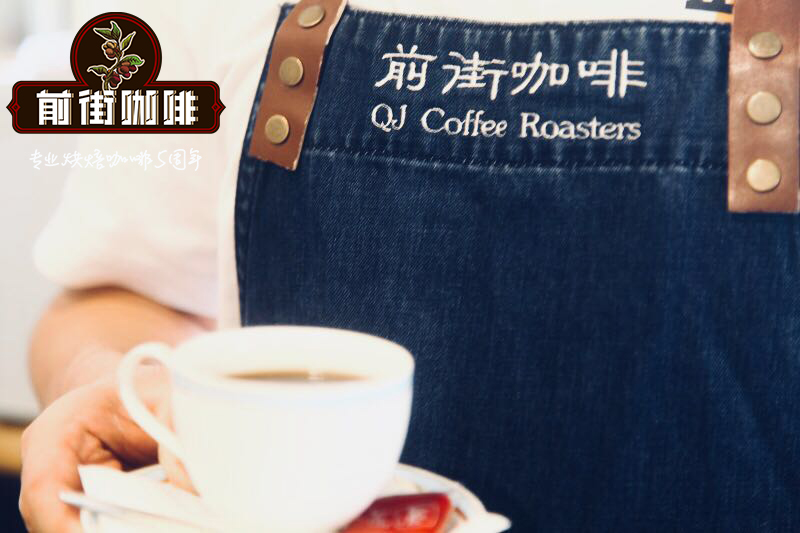
Professional coffee knowledge exchange More coffee bean information Please pay attention to coffee workshop (Weixin Official Accounts cafe_style)
Front Street Coffee Indonesia Coffee Bean Recommendation--Aceh Mantning Tiger
indonesia is the largest archipelago country in the world. arabica coffee was introduced to indonesia as early as the 18th century during dutch rule. the main producing areas are sumatra, java and surawesi islands. the mantenin produced has a deep, low acidity and rich taste, which makes people call "the most important coffee in the world."
The co-op that produced the beans had a slightly tragic tinge to it. As Sumatra is a place of constant natural disasters and wars, almost all adult males in this place have participated in local armed conflicts, and picking and planting have become the most important and only source of income for many single mothers in this place.
Manteling coffee is considered to be the world's most rich and aromatic coffee. Blue Mountain was considered the best product in the world when it was not yet available to the world. After baking, the beans were very large, brown or dark green, caramel-like special fragrance, rich and mellow taste, sweet and bitter without soft sour taste, but bitter taste. Production is relatively small, so the price is slightly higher than the general coffee beans. Mantenin is mainly produced in Java Island, Sulawesi Island and Sumatra Island, 90% of which are Robusta species. The most famous of these is the mantelin produced in Sumatra. Because mantning coffee beans themselves do not have acid characteristics, so the general special brewing methods, are based on mantning coffee beans, in the long-term insulation or brewing iced coffee, there is no annoying sour taste. Manteling coffee is considered to be the world's most rich and aromatic coffee. When you taste mantelin, you can feel the obvious lubrication on the tip of the tongue. It also has a low acidity, but this acidity can also be clearly tasted. The jumping acid is mixed with the most intense aroma, and the sweet aftertaste is long, so that you can easily feel the lively factors in the mild fragrance. In addition to this, mantning coffee also has a light earthy aroma, some people describe it as herbal aroma.
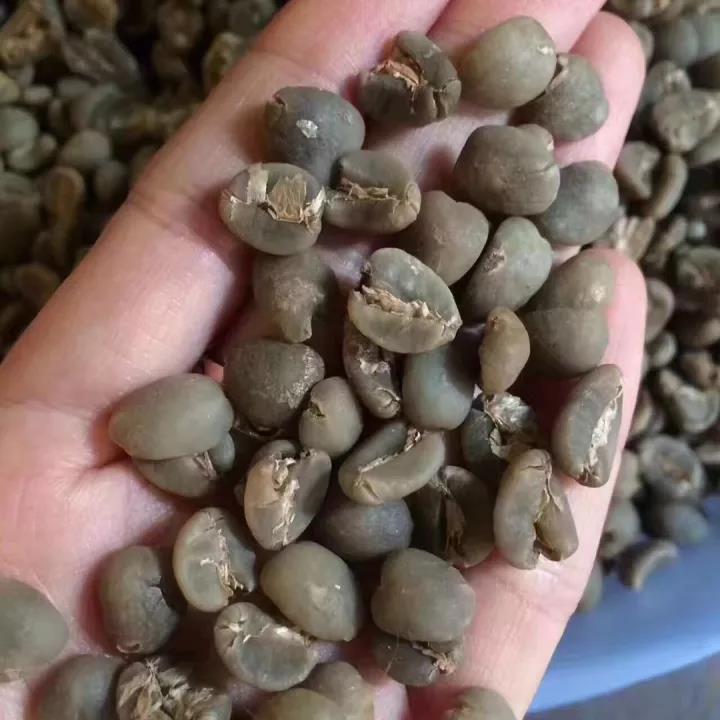
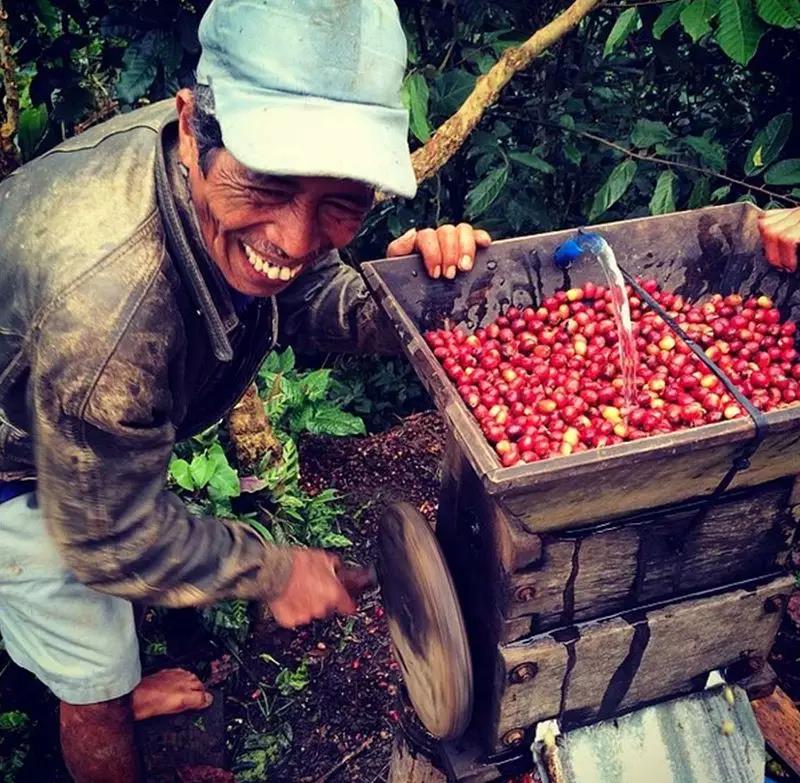
Indonesian mantinin coffee processing method generally adopts wet planing method, coffee farmers harvest mature coffee beans, remove the outer peel and pulp but retain the film tissue on the coffee beans, after soaking fermentation process to remove the bad beans floating on the water surface, and the good beans with solid sinking surface film can be placed high or directly on the ground, finally with a dryer to achieve uniform moisture content standards, the most unique is to parchment coated coffee beans with film, Before shipment, the surface of coffee beans is polished and cleaned, and then exposed to the high canopy until the color reaches dark green and dry. The world calls this special treatment method Indonesian semi-washing method. Large coffee processing plants can accurately control each treatment process, and the flavor taste has a certain level. Small coffee farmers carry out green bean treatment in their own yard. The flavor will vary according to the different processing methods and skills of each coffee farmer.
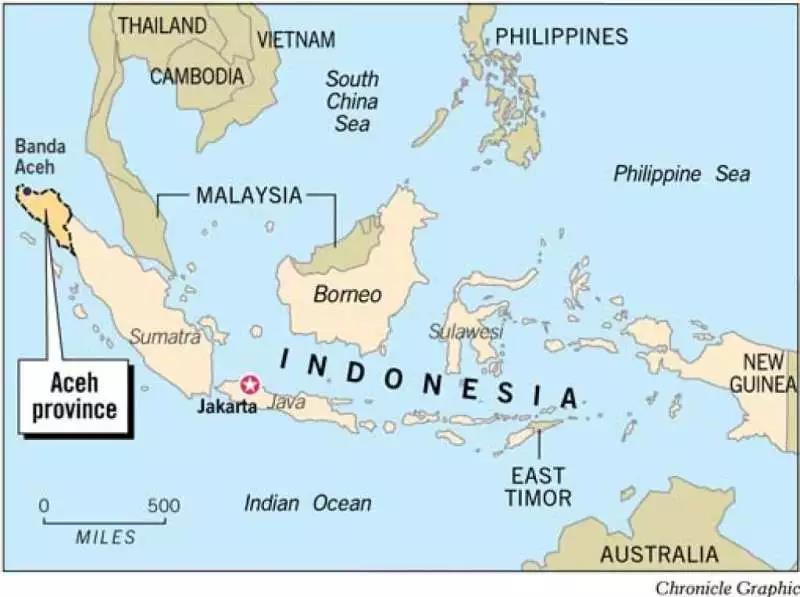
Planted on Mount Gayou (Gayo Mountain) mantinin is a coffee bean certified by the Fair Trading Association (FT). The raw beans are smaller and the soybean body is mostly PB small round beans, which is obviously different from the well-known gold mantinin. The gold mantinin raw beans are larger and darker. The flat beans are neat.(Broger has pictures to compare), in the flavor of yellow man thick with honey cream aroma in the coffee market is unique and irreplaceable, while Gayo Mountain Aceh Mantinin spicy with almond sweet and fresh grass aroma and low complexity smooth taste, in Indonesia and gold Mantinin become two mainstream.
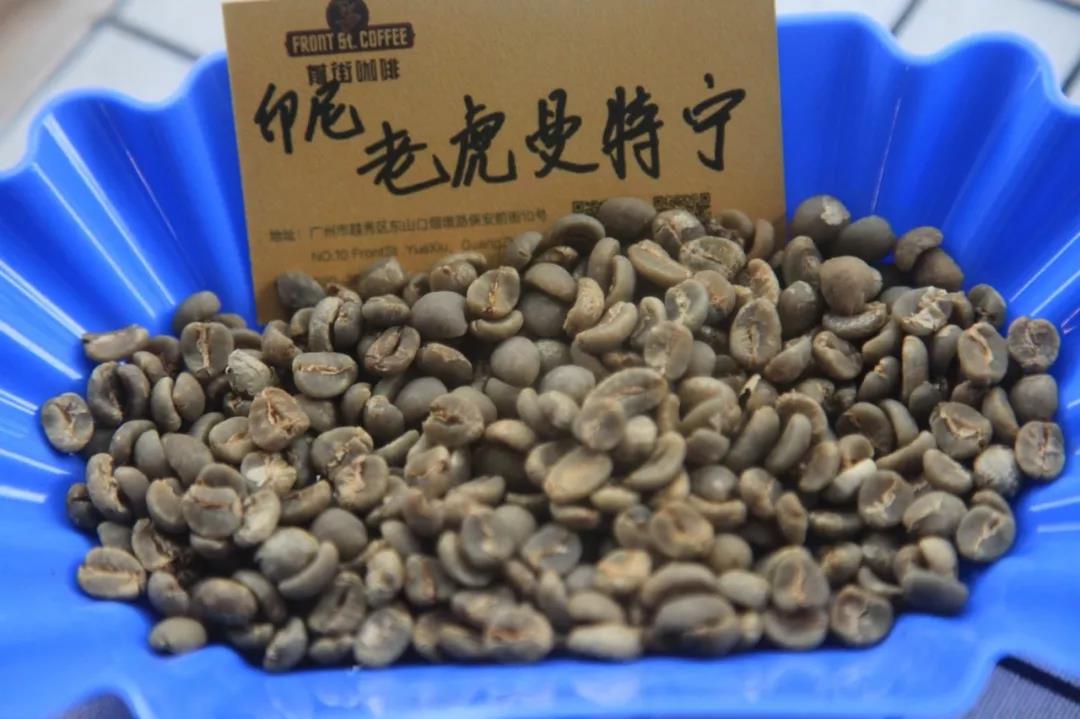
Front Street Coffee Indonesia Coffee Bean Recommendation--Aceh Mantning Tiger
The proportion of defective beans carefully selected by hand is about 3%. The weight loss ratio of roasted and deep-roasted (full city+) coffee beans is 18%. The proportion of empty beans to defective beans is 4%. Roasting mantnin must extend the time of medium and low temperature to completely dry the coffee to reduce the green taste. Mantnin is the most suitable for deep roasting because the coffee beans are hard and complete enough not to hide the characteristics of mellow and low acidity due to deep roasting.
Gayou Mountain Mantenin produces beans into yellow brown
Heavy baking (slightly thick to strong): with caramel biscuit sweetness, and gold mantinin the biggest difference is Indonesia Sumatra Gayou mountain mantinin with a little earthy flavor, honey almond sweet and fresh grass aroma, taste than gold mantinin more balanced smooth, finish has a slight malic acid flavor is good.
However, Cayou Mountain Mantinin is also suitable for medium and light roasts (city and full city). In light roasts (city), it will develop spicy fruit flavors like Panama coffee's characteristic green apple sour aroma. In heavy roasts (full city), it has a very strong spice smell, smooth and ester taste with honey brown sugar sweet aftertaste.
Fairtrade coffee is mainly traded directly with local coffee farmers at fair prices. In transparent management and business forms. Ensure the working environment of producers and protect the local environment. At the same time, it provides corresponding production technology and training, and establishes bridges, schools, hospitals and other facilities. The aim is to achieve sustainable development and poverty alleviation.
Fair Trade, Coffee Direct In 1989, the collapse of the International Coffee Agreement led to a collapse in coffee market prices, which put millions of coffee farmers around the world in a difficult position. In 1991, in response to the crisis, several British charities including Oxfam, Traidcraft, Equal Exchange and Twin Trading teamed up to form Cafédirect. This is an innovative outcome because the firm bypasses traditional markets and buys beans directly from vulnerable coffee farmers in developing countries, without going through intermediate suppliers.
Important Notice :
前街咖啡 FrontStreet Coffee has moved to new addredd:
FrontStreet Coffee Address: 315,Donghua East Road,GuangZhou
Tel:020 38364473
- Prev
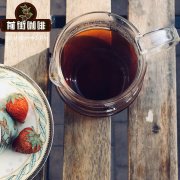
Introduction to the origin and variety of Yemeni coffee beans what is the annual output of Yemeni coffee
Professional coffee knowledge exchange more coffee bean information please follow the coffee workshop (Wechat official account cafe_style) Yemeni coffee is also located in the Arabian Peninsula of the Asian continent, but it is very close to Africa as long as it is across the Red Sea and the Gulf of Aden Gulf of Aden, but other Arab countries do not produce coffee, so the world classifies Yemeni coffee as a North African coffee house
- Next
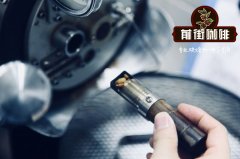
Indonesia Acimanin G1 plus Young Mountain Mantenin single Coffee beans recommended
Professional coffee knowledge exchange more coffee bean information please follow the coffee workshop (Wechat official account cafe_style) production area: Sumatra Gayo Mountain treatment: semi-washed grade: G1 variety: Arabica Sumatra northwestern tip of the GAYO Mountains there is a kind of washed coffee, called Gayo mountain is a group of Tibika variant trees, cleaner than Manning
Related
- Detailed explanation of Jadeite planting Land in Panamanian Jadeite Manor introduction to the grading system of Jadeite competitive bidding, Red bid, Green bid and Rose Summer
- Story of Coffee planting in Brenka region of Costa Rica Stonehenge Manor anaerobic heavy honey treatment of flavor mouth
- What's on the barrel of Blue Mountain Coffee beans?
- Can American coffee also pull flowers? How to use hot American style to pull out a good-looking pattern?
- Can you make a cold extract with coffee beans? What is the right proportion for cold-extracted coffee formula?
- Indonesian PWN Gold Mandrine Coffee Origin Features Flavor How to Chong? Mandolin coffee is American.
- A brief introduction to the flavor characteristics of Brazilian yellow bourbon coffee beans
- What is the effect of different water quality on the flavor of cold-extracted coffee? What kind of water is best for brewing coffee?
- Why do you think of Rose Summer whenever you mention Panamanian coffee?
- Introduction to the characteristics of authentic blue mountain coffee bean producing areas? What is the CIB Coffee Authority in Jamaica?

